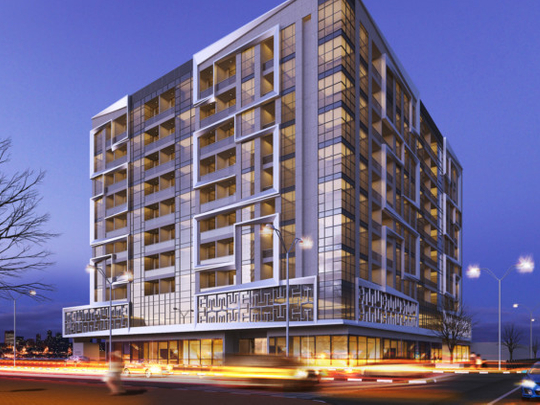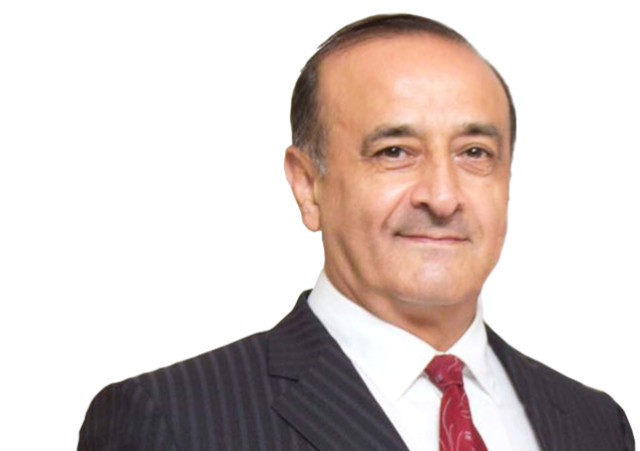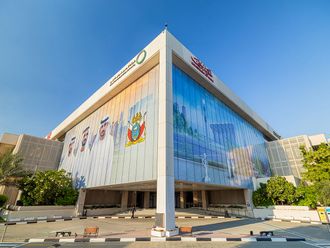
The design elements of new residential units in the UAE, especially in Dubai, could be undergoing a qualitative shift, thanks to increased competition and changing family structures. More developers are today focusing on “building to rent” and creating value additions that will take care of long-term maintenance issues.
New residential units could be significantly different from those that were planned and built a decade earlier. Rahim Bani Zaman Lari, general manager of UAE-based design and engineering consultancy firm Abdul Rahim Architectural Consultants (Araco), explains the reasons behind these changes.
What are the latest trends in the residential building segment in the UAE?
Araco is currently working on almost 50 different residential projects in Dubai. About 25 projects are still in the design stage. In terms of trends, we are witnessing a drop in the number of high-end luxury projects, while the appetite for affordable homes has increased. The market is evolving to cater directly to end users. Most developers are investing to rent, rather than to sell. Developers are expecting these units to be purchased or rented out by middle and low-income groups. Also, there is an increased demand for one-bedroom units instead of studio and three-bedroom and bigger apartments. Almost 60 per cent of the apartment units that we are currently building are one-bedders. About 30 per cent are two-bedroom units. The remaining 10 per cent is shared by three-bedders and duplex apartments. For example, one of our projects in Dubai Silicon Oasis, owned by Ribbon of the Light Trading, was converted from a purely commercial project to a residential unit. The Dh230-million project has 550 units, but only 15 of them are three-bedroom apartments.
Can you elaborate on some of the new changes in design and planning?
Developers who plan to sell their units are concentrating on smaller and medium-sized apartments. Developers building to rent are still opting for large-sized units. They probably fear that too small a living area could result in tenants vacating the premises and shifting to a bigger space, especially amid increased competition when rents fall.
What about the internal design and planning?
We have also witnessed some interesting and significant changes in the design and construction of residential units in the recent past. While there has been a conscious effort to adjust the living space, there has also been a growing demand for compartmentalization. We have seen an increase in demand for separate laundry and maid’s rooms. A decade ago, a maid’s room was only considered for three-bedroom and bigger apartments and villas. Today developers are demanding a separate maid’s room, be it in a medium-sized two-bedroom or a large one-bedroom apartment. In a project we are working on in Barsha, all the units — both one- and two-bedroom apartments — have a separate maid’s room. The building has no studio apartments.
The demand is a result of changing family structures. The housing demand in the coming decades will be from nucleus families with working parents, as opposed to large families.
What are the trends with villa projects?
Even with villas we have witnessed that space has been significantly reducing. As families are getting smaller, three-bedroom villas have become the norm, while there is an increasing number of two-bedroom units. Also, the exterior design preferences are changing. Earlier, the demand was for classical elements. But the trends are changing from Spanish and Mediterranean-styled structures to more modern designs that is easy to maintain. We have also witnessed an increase in demand for individual pools, but with climate control. Without climate control, most pools remain useless for about three to four months in a year. We are currently working on a project in Dubailand and all the 18 villas are equipped with separate climate-controlled pools.
How has it all impacted on the cost of construction?
We have managed to bring down the cost of construction of many of our residential projects by about 5-8 per cent. We have achieved this without reducing the quality of construction or the materials used. It was not easy. As consultants, we have been instrumental in incorporating these changes by introducing some innovative designs and by managing the cost by advanced research in value engineering. Ten years ago, this was not the case. In one of our projects in Satwa — a Dh570-million cluster of 14 towers by Al Nafisi Real Estate — it was decided to limit the height to eight floors. That enabled us to do away with building three levels of underground parking.
Has it in any way compromised the quality?
Even as we are concentrating more on medium and smaller living space, amenities add real value to life. Unnecessary glamour has been cut out. For example, in one of our projects, the developer was very particular on installing a really high-end and expensive elevators in a building, which is otherwise equipped with normal amenities and features. This, according to him, would add value into the everyday life of the occupants. This was not the case before.












